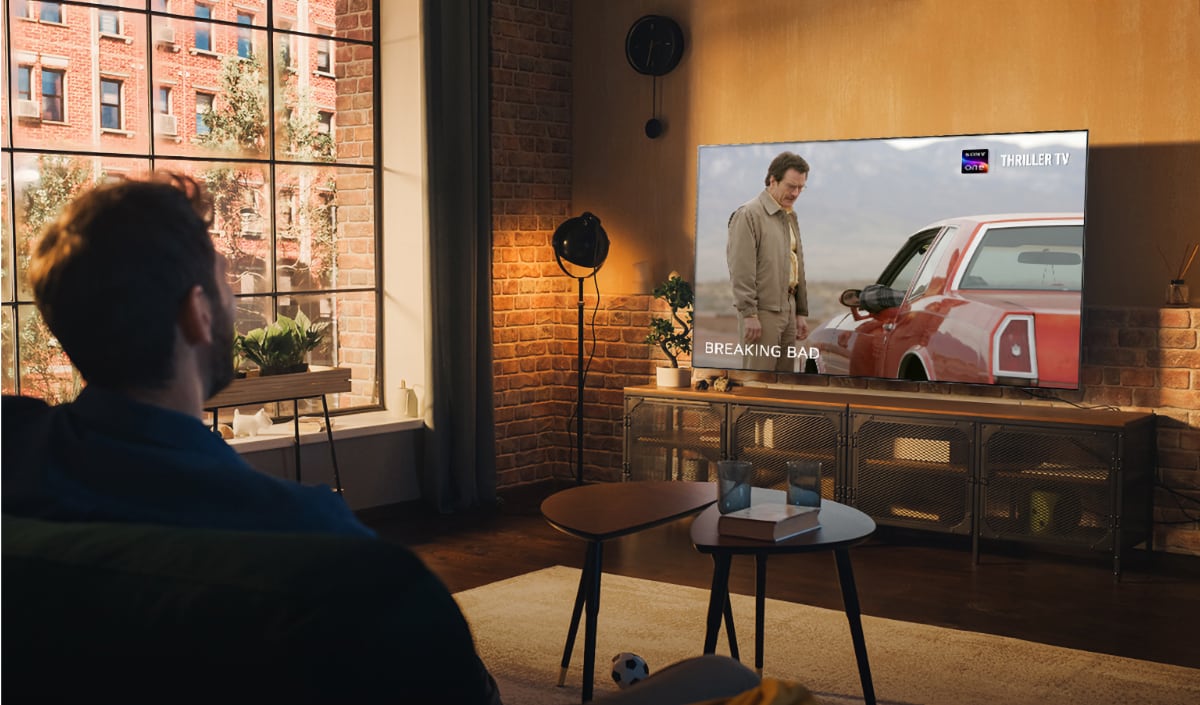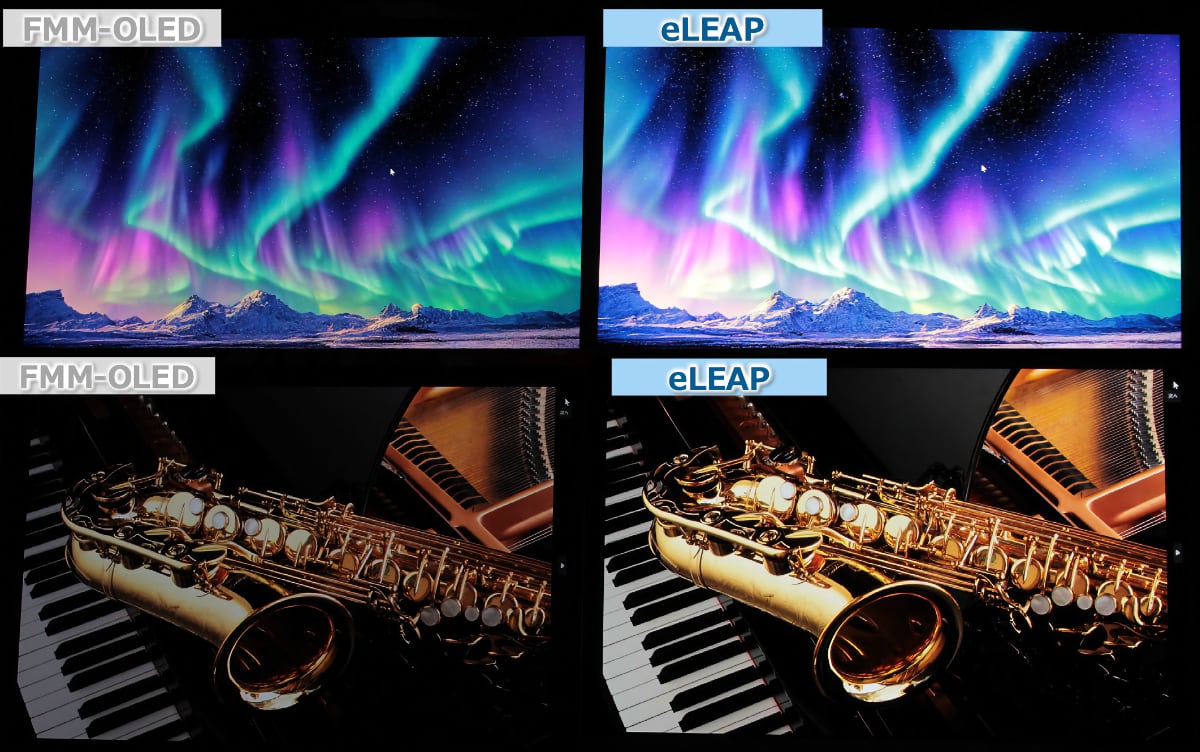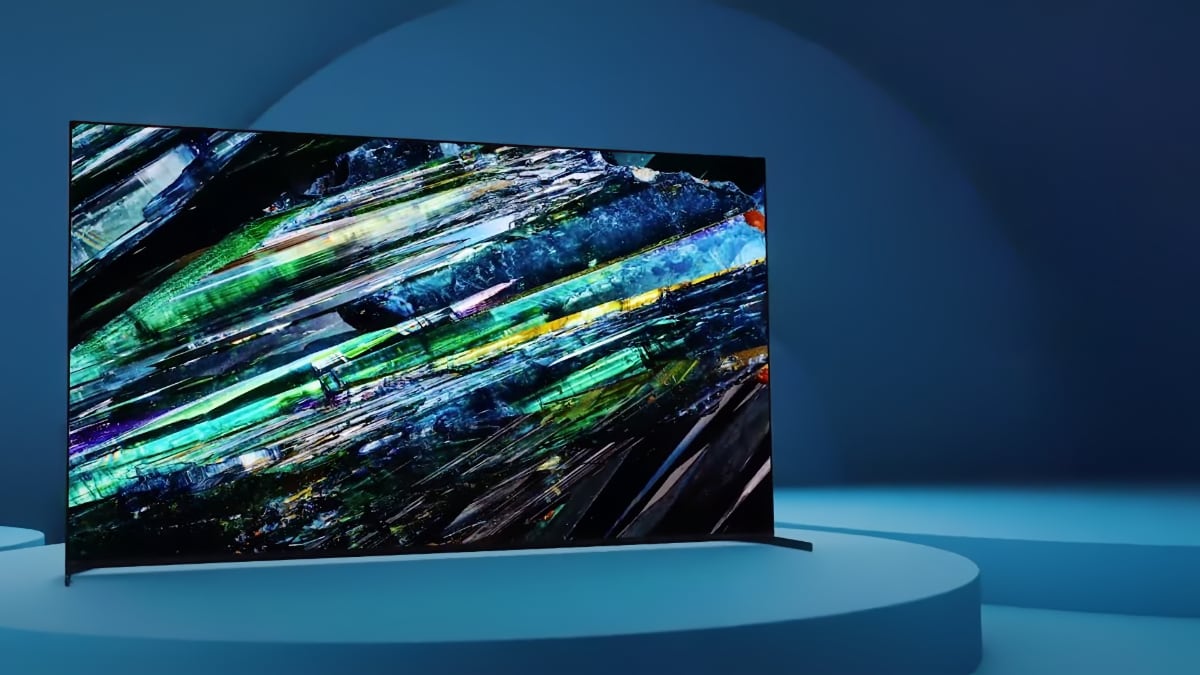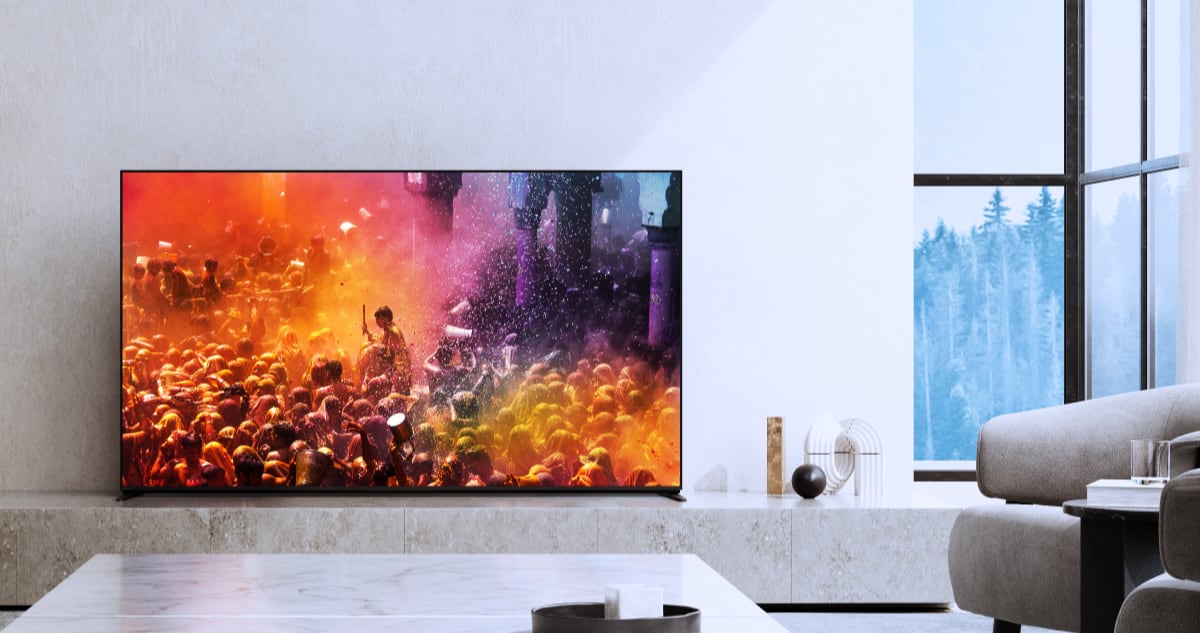Apple has unveiled two new iPhone 6 models, both of which feature "Retina HD displays" in 4.7 and 5.5 inch sizes. The phones are bigger than before, but the iPhone 6 Plus stands out as a break from tradition, too. We take a look at the technical details of the new Retina HD displays.
iPhone 6 with Retina HD displays
"Retina" is Apple's marketing word, but it is also the first term in the display world that actually takes several factors into account; not only resolution. The idea is that on a Retina display you are unable to distinguish the small pixels on a given screen size with a given resolution based on a given viewing distance (depending on the device, a phone or tablet).

In the display industry most companies refer to TVs and monitors by using the absolute resolution that does not take viewing distance into account. So even though Retina is a marketing term there is actually a lot of sense to it. Therefore, it is also interesting to note that Apple has introduced "Retina HD" displays in the two new iPhone 6 models.
Let's take a look at it.
The iPhone 6 display is like earlier iPhones - just bigger
A “HD” screen is usually defined by a screen with 720 horizontal pixels or more. Both new iPhone 6 models meet this criteria, but the older iPhone 5 models do not based on 1136x640 pixels. That is probably why Apple has chosen to add the HD label, but one could argue that Apple could have done the same thing when introducing Retina displays in the iPad.
Looking at the pixel density (ppi) there is no difference between the iPhone 5 models and the new iPhone 6. In fact, you could say that the display in iPhone 6 will look as detailed as before, but just bigger - which also lets app developers use the extra space.
iPhone 6 Plus is a new direction
iPhone 6 Plus, on the other hand, is quite the departure from tradition. Not because it offers 1920x1080 pixels, which is exactly like Full HD TVs, but because it actually increases pixel density and runs iOS based on a different display principle. It now has 401 ppi and has moved to 3X scaling.
On the first few iPhones, Apple used 1X scaling. When Apple introduced Retina displays they started using 2X scaling; 1 pixel became 4, allowing iOS to reproduce more detailed pictures and crisper text without making everything tiny on-screen. iPhone 6 Plus now uses 3X scaling; 1 pixel becomes 9. This means that everything on-screen will look more detailed - without looking tiny.
But here’s the twist.
iPhone 6 Plus runs a higher resolution internally
iPhone 6 Plus was supposed to have a 2208x1242 pixel display instead of 1920x1080. “Supposed to” because it actually runs iOS at this resolution internally. It even outputs this resolution to the screen, which then downscales it to 1920x1080.
This also means that 1:1 pixel mapping appears to be gone on iPhone 6 Plus - a principle that has driven most of the PC world and iOS for many years. In practice it means that it is impossible to reproduce a very thin 1 pixel line. It will look a little blurry or out of focus - in theory.
If it actually has a practical effect is hard to say at this point, but if it does it is probably negligible - simply because of the very high pixel density. But it is a new direction for Apple; a new way to scale iOS to fit different screen sizes and resolutions instead of using very fixed resolutions. And it might make it to the iPad at a later point.
The take-away from this is up to you. Personally, I think that the rumor about production issues on iPhone 6 Plus were true, and that the display was the bottleneck. Apple could have planned to use a display with 2208x1242 pixels, but ended up with a 1920x1080 screen because these types of displays are already produced in millions every month. Thus, it is probably not unreasonable to expect that next-generation iPhones will bump the resolution to 2208x1242 pixels, without big fanfare.
Another point to make is that Apple is actually taking a different approach compared to the launch of iPhone 5 with a bigger (wider) screen. Back then you would see black boxes on top and bottom, but with iPhone 6, Apple is simply upscaling all existing apps to fit on the larger screens. Again; the point about scaling in iOS.

Still LCD display
In addition, it is probably worth pointing out that Apple is still using LCD screenw, based on the IPS panel technology. IPS is often the preferred choice for great, accurate color reproduction and wide viewing angles. But IPS has weak contrast. Apple says that the new screens in iPhone 6 actually have improved contrast (1400:1 on 6 and 1300:1 on 6P, compared to 800:1 on 5S), but we have not been able to confirm this. So far, no one has been able to get great contrast with an IPS panel, and it is unlikely that Apple will succeed (1400:1 is still relatively weak contrast).
In addition, Apple tells us to expect fewer reflections. One aspect that has largely been ignored on the iPhone 5 is that Apple laminated the screen to the front glass. This improves picture quality, and enhances the feeling of actually touching the screen instead of a front glass - and yeah, reduces reflections.
The new Retina HD display was a major talking point at Apple’s launch event for the iPhone 6 and iPhone 6 Plus. In addition, the new iPhones will have Apple Pay, iOS 8, better cameras, a new design and much more. The new phones will be up for pre-order on September 12.
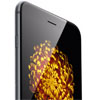 Retina HD in iPhone 6 and 6 Plus explained
Retina HD in iPhone 6 and 6 Plus explained




